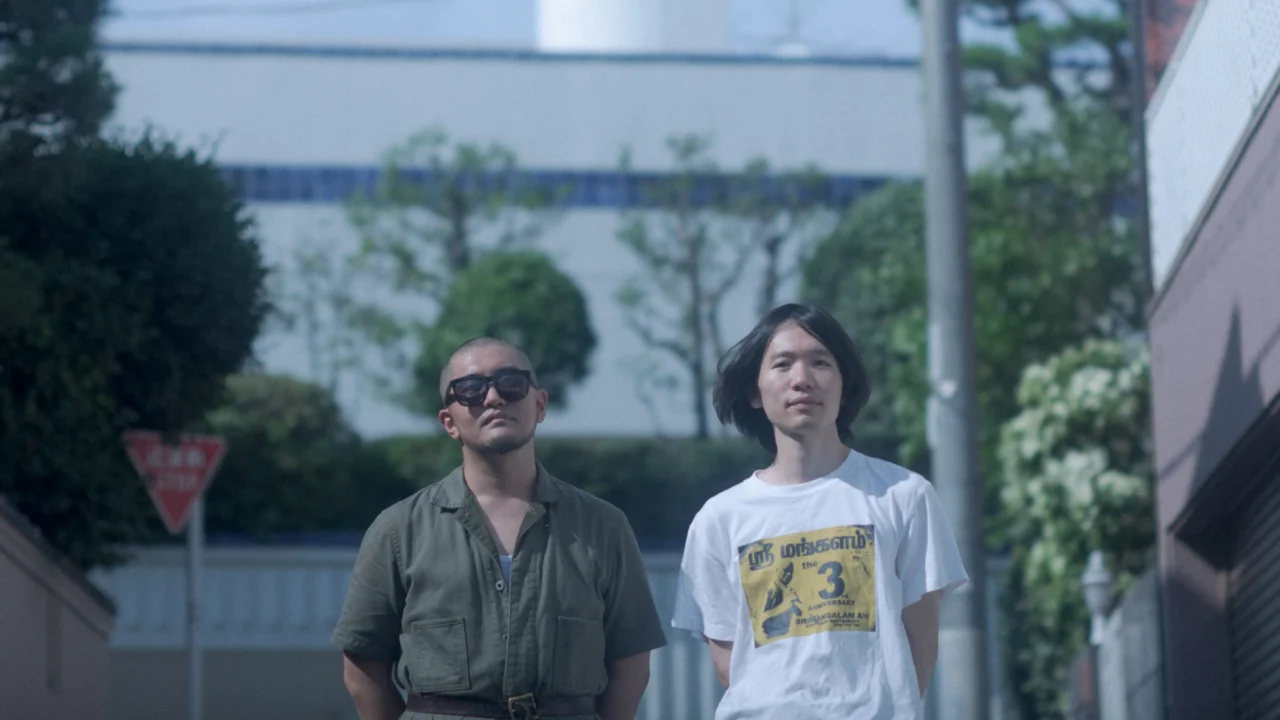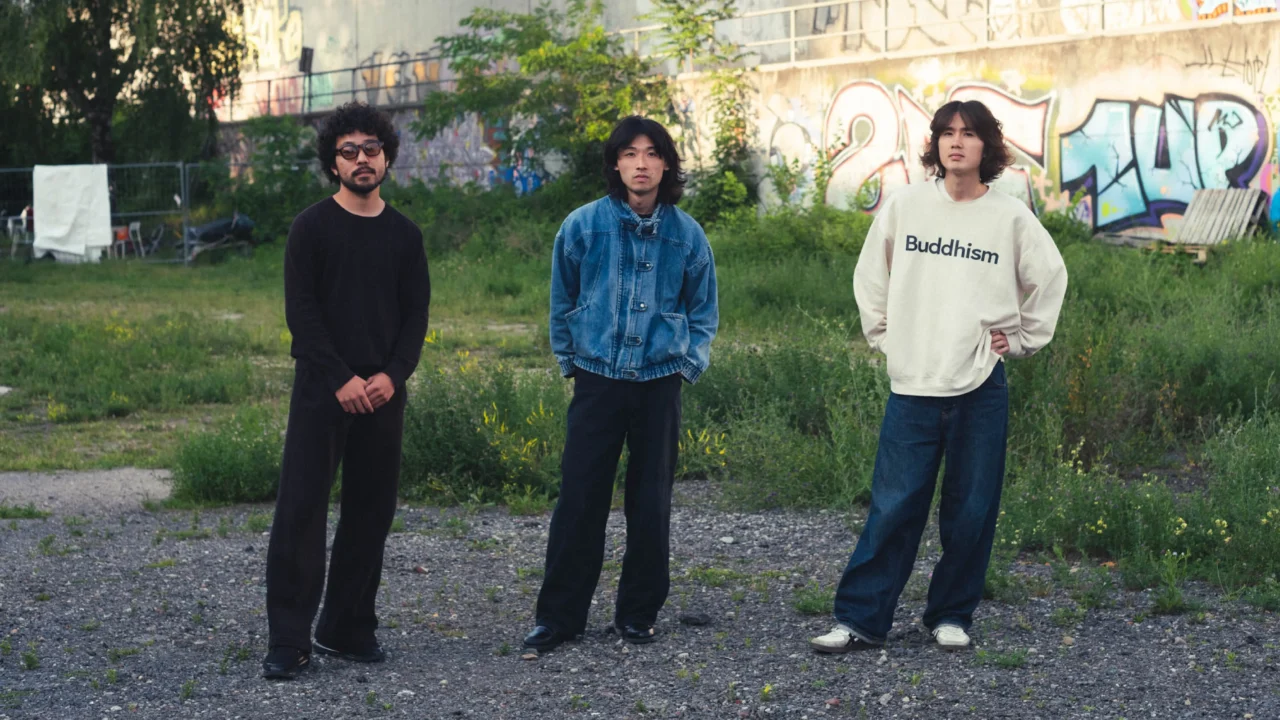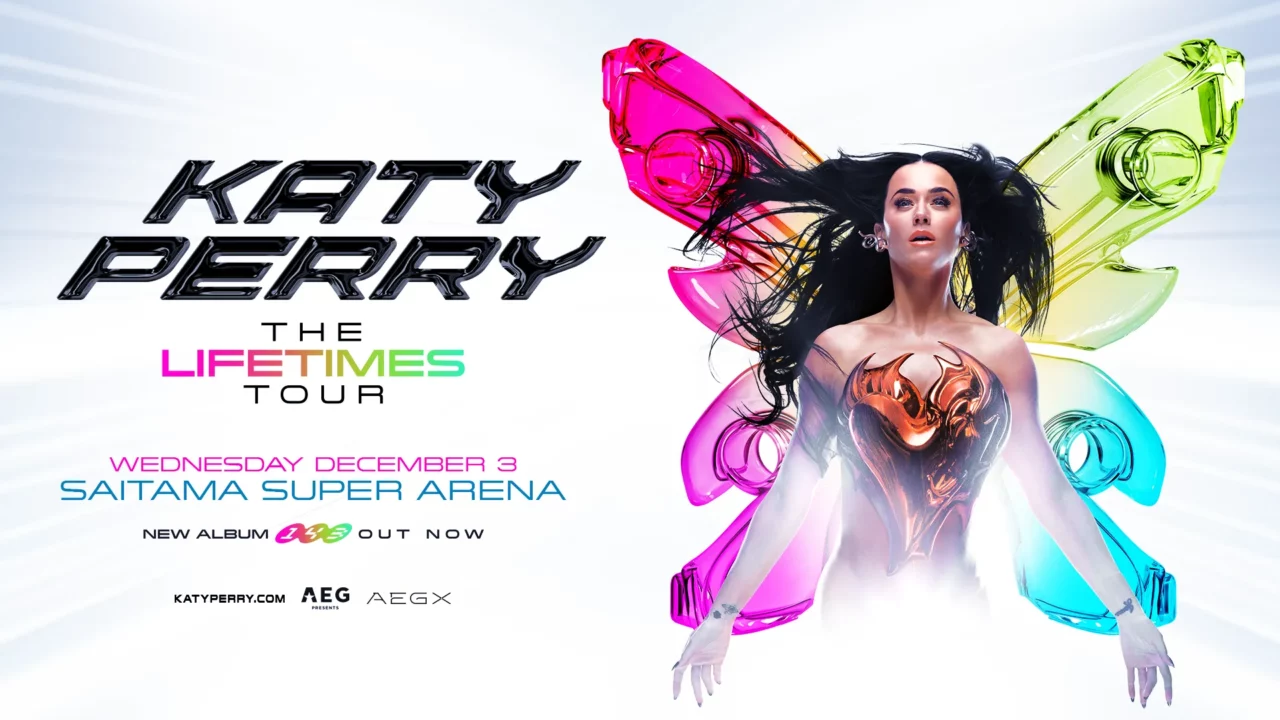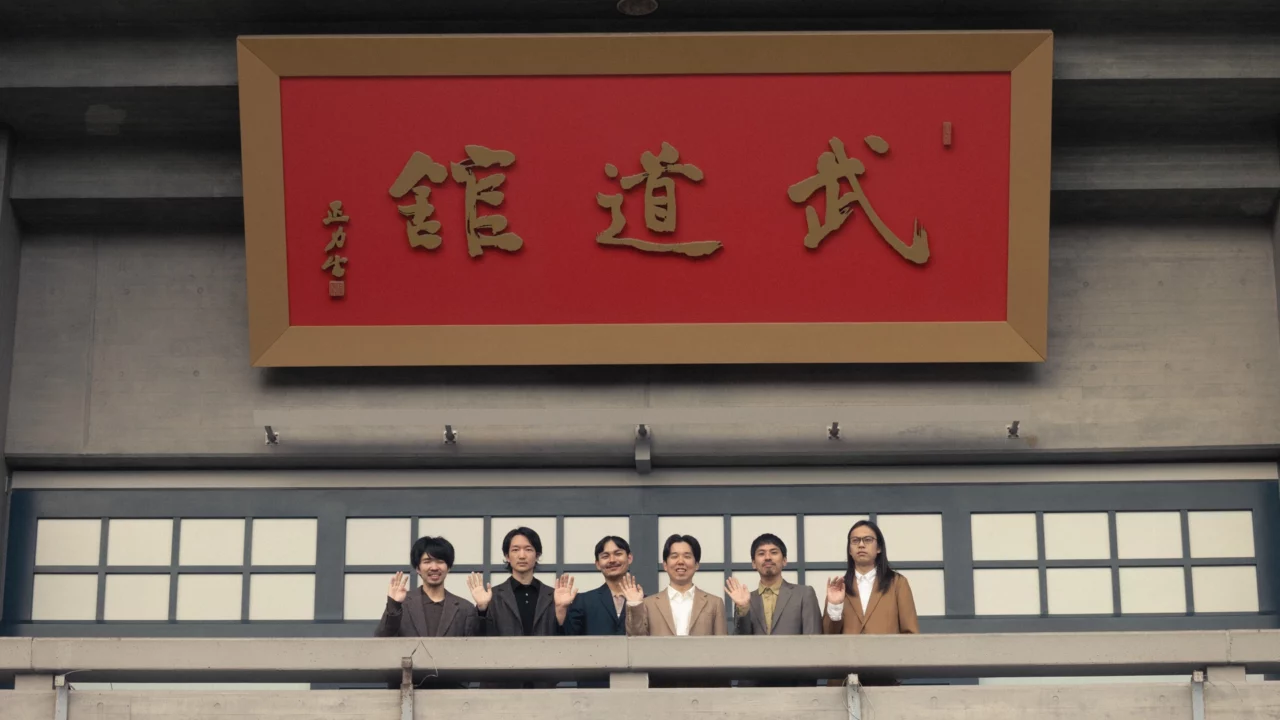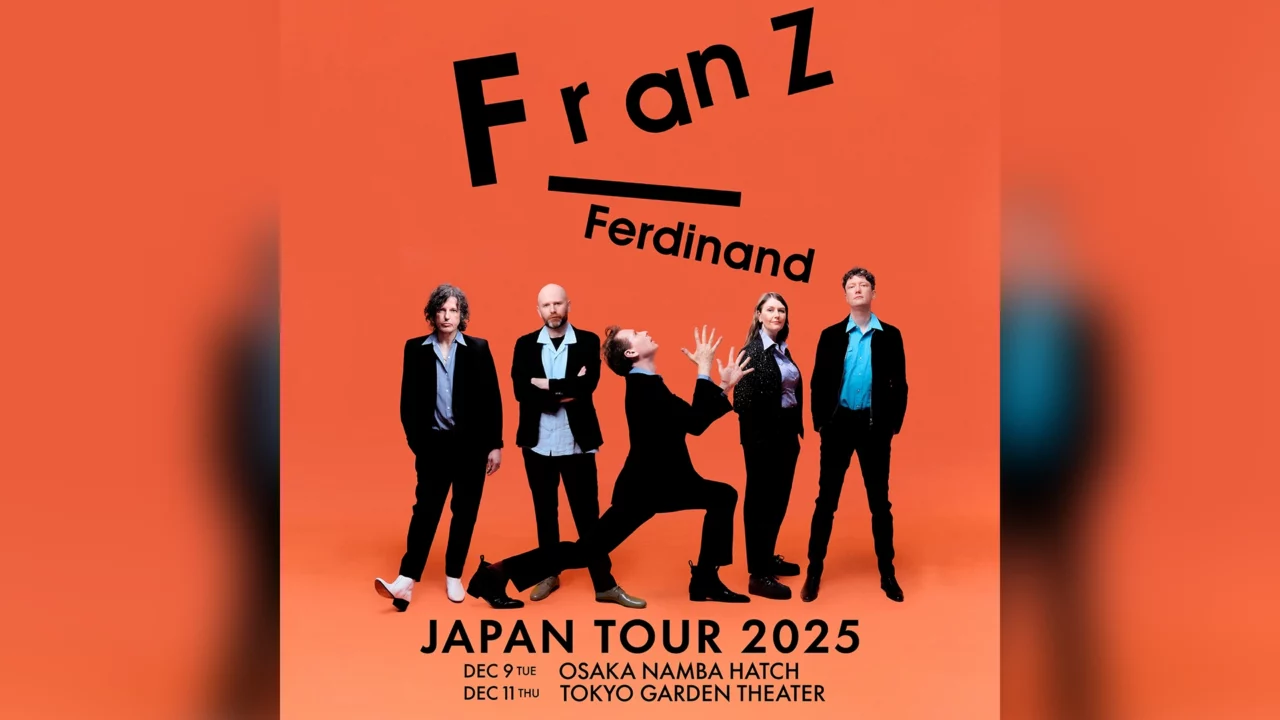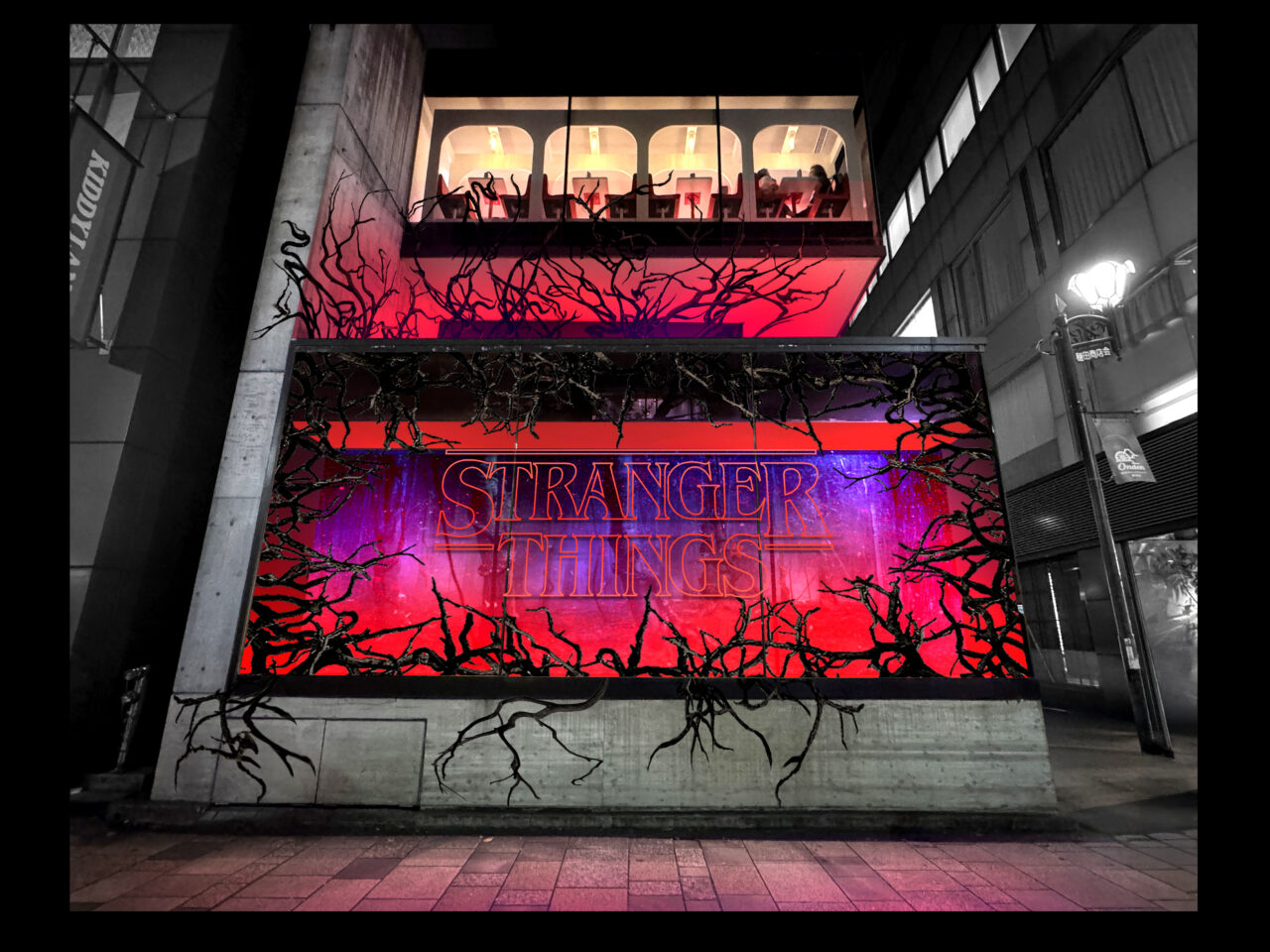INDEX
What Was Director Nolan’s Intention? Unveiling the Clue within ‘Tenet’
It is true that ‘Oppenheimer’ did not directly witness the devastation of Hiroshima and Nagasaki, as Nolan claims, and he did not visit them when he came to Japan later in 1960 (Note 13).
(Note 13) However, he actively interacted with Japanese researchers who were direct victims of the atomic bombings. If you want ‘Oppenheimer’ to express an “anti-nuclear” message or to reflect on nuclear development in the story, you can include Japanese researchers such as Yukawa and Asanaga who actually knew each other, and even if it is fictitious, include a scene where ‘Oppenheimer’ discusses the atomic bombing with them. There are many ways to do this.
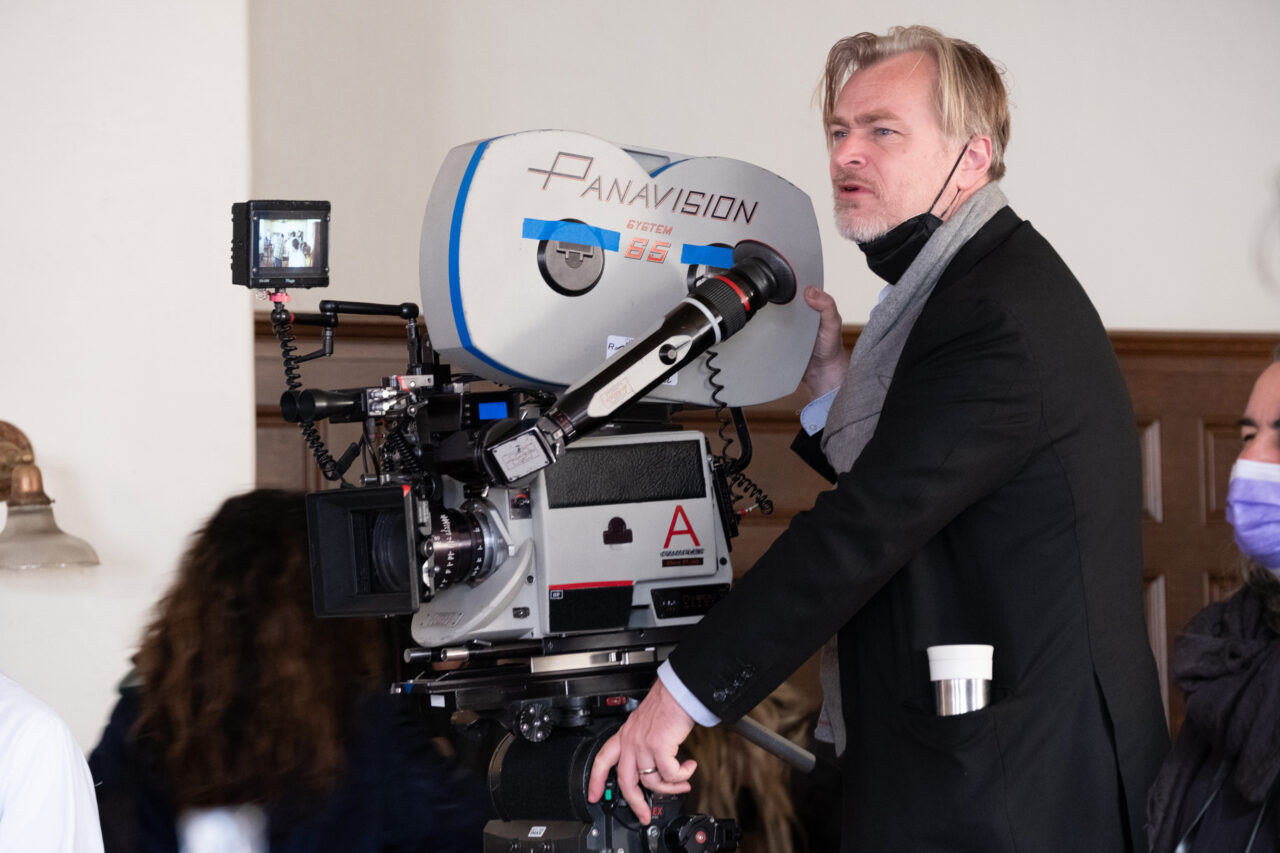
Frankly speaking, I do not think that Christopher Nolan chose Oppenheimer as a subject for his film out of a so-called “socialist” interest that calls for change in the real world.
Rather, the world of Los Alamos and the post-bombing world depicted in this film seems to me to be a Nolan-like multiverse, cinematic “fictional world” that has diverged from reality, like the dream world in “Inception” (2010) or the time travel depicted in ‘Tenet’ (2020). It seems to be a Nolan-esque multiverse, a cinematic “fictional world” that diverges from reality.
In fact, in ‘Tenet,’ released in 2020, there is a symbolic line of dialogue that hints at the film’s conception.
Toward the end of the story, in response to the protagonist’s question, a character says, “Do you know the Manhattan Project? The world’s first atomic bomb test, Dr. Oppenheimer feared that a chain reaction of nuclear fission (chain reaction) would engulf the world” (*).
*Editor’s note: Regarding the connection between ‘Tenet’ and ‘Oppenheimer,’ in which the main character is a man assigned the mission of “stopping World War III,” the director answered to NHK, “After making ‘Tenet,’ I thought about the meaning of the nuclear threat in the real world and how it was unleashed in the world in that way. I thought about it” ( open external site ).







